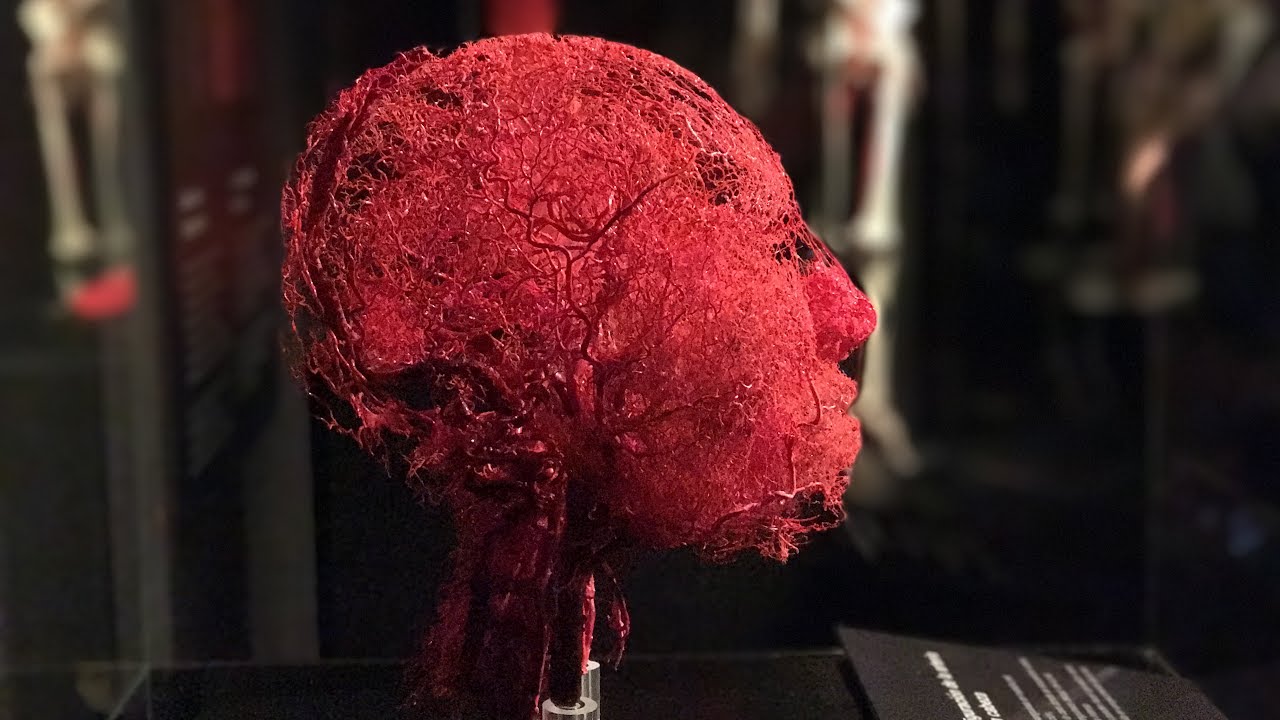Gunther von Hagens is a German anatomist and the founder of the Body Worlds exhibition, which features preserved human bodies by a method known as plastination. The plastinated specimen of the blood arteries of the skull and brain, which gives a unique and spectacular perspective of our interior structures, is one of his most beautiful creations.
Plastination is a process that replaces body fluids and lipids with plastic, preserving the specimen for years. Von Hagens’ approach preserves people and body parts in numerous attitudes and states, providing visitors with an insight into the inner workings of the human body.

One of the most prominent instances of von Hagens’ work is the plastinated specimen of blood arteries in the skull and brain. The specimen depicts the complicated network of blood veins that passes through our skulls and brains in great detail. The specimen has been meticulously dissected and maintained, allowing visitors to see even the smallest capillaries and veins.
The specimen is also an excellent resource for medical professionals and students studying head and brain anatomy. Plasmination not only protects the specimen but also makes it sturdy and simple to handle, making it a great teaching and learning tool.

Von Hagens’ art has sparked debate, with some claiming that the display was overly gruesome and disrespectful to human remains. Others, on the other hand, claim that the Body Worlds exhibition provides a unique and instructive chance for visitors to learn about the human body in ways that were not before available.
Regardless of one’s feelings on von Hagens’ work, the plastinated specimen provides an excellent picture of the blood veins of the skull and brain. It provides a unique and intriguing view into our interior systems and reminds us of our bodies’ complicated and intricate workings.






